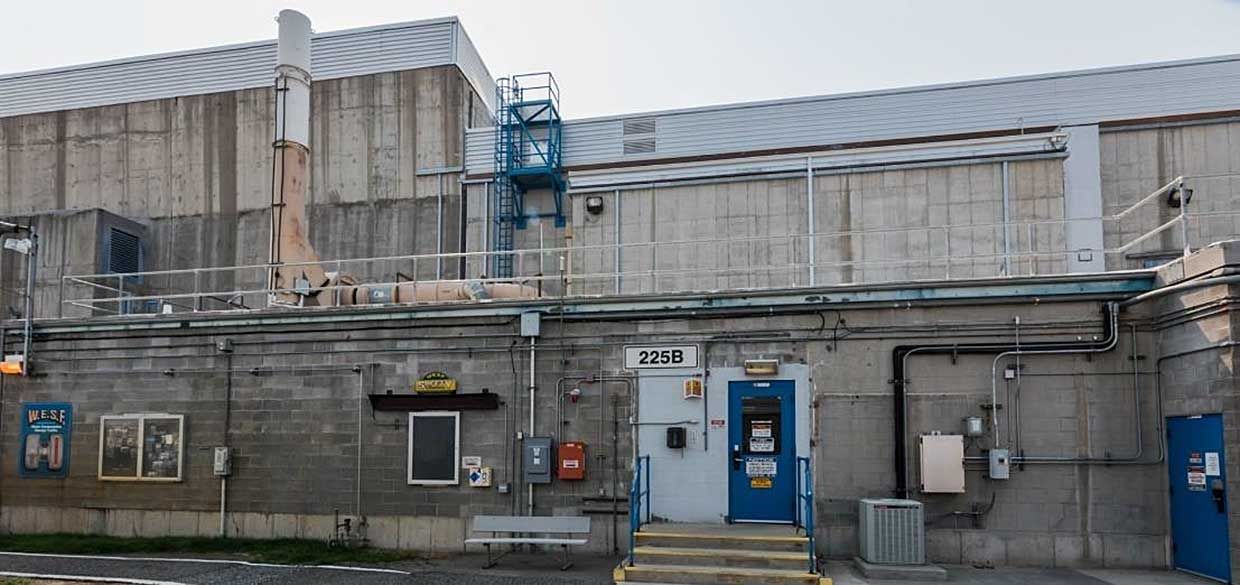A nuclear plant near Minneapolis is shutting down after its owners announced water containing a radioactive material was leaked for a second time. The plant's owner said there is no danger to the public.
The leak of hundreds of gallons of water containing tritium was found this week at the Monticello Nuclear Generating Plant, the utility company Xcel Energy said in a Thursday statement. The same plant leaked 400,000 gallons of water containing tritium in November, but the company didn't disclose the spill to the public until this month.

The new leak appeared to be coming from a temporary fix to the original leak, which came from a pipe between two buildings and was detected by routine groundwater monitoring systems, Xcel Energy said.
How did new leak happen at Monticello Nuclear Generating Plant?
After the first leak, the company began capturing water from the leaking pipe and rerouting it back into the plant for re-use as a short-term solution. This plan was intended to prevent new tritium from reaching groundwater until Xcel Energy could install a replacement pipe during a regularly scheduled refueling outage in April, the company said.
But after equipment found a new leak and discovered the temporary solution was no longer capturing all of the leaking water, the company decided to shut down the plant "to allow it to more quickly perform the repairs needed to permanently resolve" the leak.
Leak poses no risk to public, Xcel Energy says
The company does not expect the shutdown to affect customers' electric service, Chris Clark, president of Xcel Energy–Minnesota, North Dakota and South Dakota, said. Clark also said in a statement that the leak poses no risk to the public or environment.
Readings from over two dozen on-site monitoring wells have found that the leaked water remained fully contained on-site and has not been detected outside of the facility or in any local drinking water, according to the company.
Xcel Energy also said the leak of hundreds of gallons is much smaller than the original leak and "will not materially increase the amount of tritium the company is working to recover."
So far, the company has recovered about 32% of the tritium released. This process is expected to continue through next year, Xcel Energy said. It is unclear when the plant will resume operations.
New leak announced day after it was found
The new leak was announced Thursday, a day after it was discovered.
Meanwhile, the first leak was discovered last year and reported to the federal Nuclear Regulatory Commission and the state on Nov. 22. It was only made public this month.
"We understand the importance of quickly informing the communities we serve if a situation poses an immediate threat to health and safety," Xcel Energy said in a statement earlier this month. "In this case, there was no such threat."
State officials also said they waited to get more information about the leak before making it public.
What is tritium?
A radioactive isotope of hydrogen, tritium occurs naturally in the environment and is a common byproduct of nuclear plant operations, according to the NRC. It emits a weak form of radiation that does not travel very far in the air and cannot penetrate human skin.
"Everyone is exposed to small amounts of tritium every day because it occurs naturally in the environment and the foods we eat," the agency said.
While nuclear plants spill tritium from time to time, the NRC said the leaks usually remain limited to the plant property or involve low offsite levels that do not affect public health or safety.
Contact Christine Fernando at cfernando@usatoday.com or follow her on Twitter at @christinetfern.
This article originally appeared on USA TODAY: Nuclear plant near Minneapolis leaks radioactive water for second t...




You need to be a member of Earth Changes and the Pole Shift to add comments!
Join Earth Changes and the Pole Shift